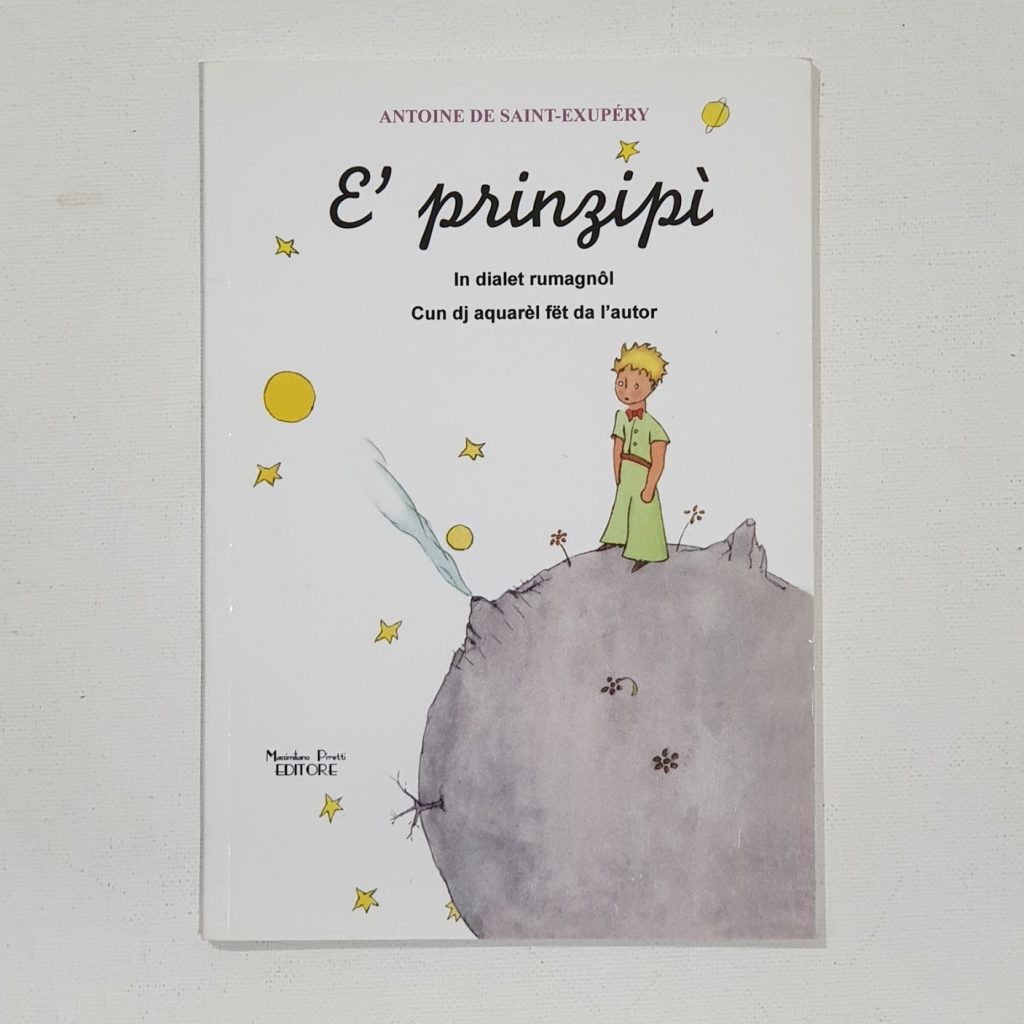
E’ Prinzipì — in Rumagnōl.
Romagnol, or rumagnòl, is a Romance language of remarkable charm and resilience, spoken in the historical region of Romagna in northeastern Italy and, intriguingly, holding cultural significance within the microstate of San Marino. As part of the Emilian-Romagnol branch of the Gallo-Italic languages, Romagnol shares ancestry with Emilian varieties to the west, but has evolved its own distinctive phonological and lexical character, shaped by centuries of regional autonomy, papal rule, and a lively mix of Latin, Germanic, and Celtic substrata. Unlike Standard Italian, which stems largely from Tuscan, Romagnol carries echoes of medieval municipal independence and the northern Italian urban tapestry, with influences that trace back to the Lombards and the earlier Romanised Celts of the Po Valley.
Historically, Romagnol flourished not only as the language of everyday life—spoken in bustling port towns like Ravenna and Rimini, as well as in rural villages and along the Adriatic coast—but also as a medium of rich oral and literary tradition. Folk poetry, carnival songs, satirical verse, and theatrical monologues all thrived in Romagnol, often marked by biting humour, earthy wisdom, and an intimate connection to the rhythms of local life. Its speakers, known for their strong sense of regional identity, take pride in the language’s musicality and expressiveness, which capture the warmth, irony, and defiant spirit that characterise Romagnol culture. In contrast to its Emilian cousins, Romagnol underwent distinct developments in vowel sounds and verb morphology, setting it apart within the broader Gallo-Italic family and reinforcing local linguistic loyalties.
In San Marino, one of Europe’s oldest republics, Romagnol holds a cherished, though informal, role. While Italian is the official and administrative language, Romagnol is woven deeply into Sammarinese cultural identity, heard in family conversation, folk performances, and traditional celebrations. The Sammarinese variant, often called Sanmarinese, is closely related to the Romagnol spoken just across the border in the Italian province, yet carries its own local flavour, enriched by centuries of political independence and geographic isolation. Despite not enjoying formal recognition in education or government, Romagnol in San Marino remains a potent symbol of cultural continuity, evoking a shared historical memory and communal belonging.
Like many regional languages in Italy, Romagnol faces challenges from the dominance of Italian in media, education, and public life. However, local initiatives, cultural associations, and dedicated poets and musicians continue to breathe life into the language, ensuring that it remains more than a nostalgic relic. Romagnol stands as a living testament to the linguistic and cultural diversity of Italy’s north—a language that links its speakers not only to the past, but to a landscape of vineyards, sea breezes, stone piazzas, and the enduring wit and warmth of Romagna and San Marino alike.


